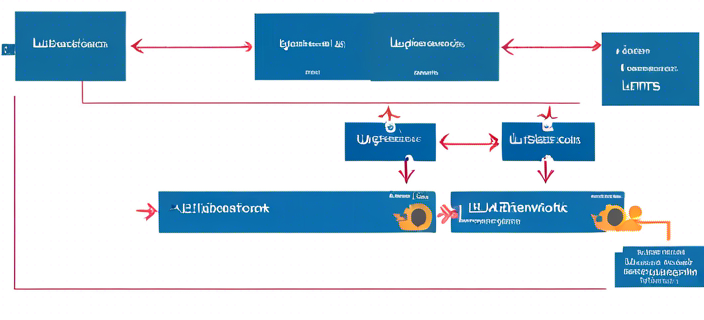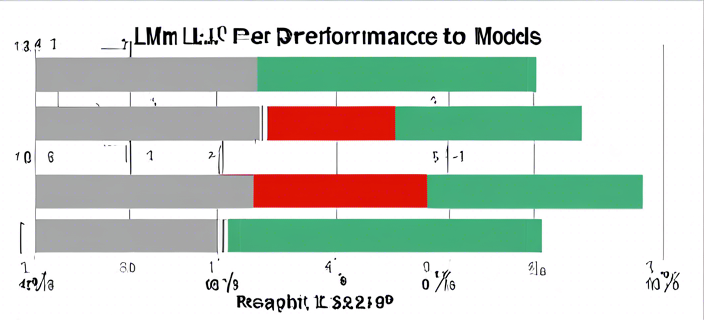Known for his penchant for unraveling the mysteries of AI, Lucas Hargreaves brings a refreshing blend of wit and wisdom to his articles at LLM Reporter. When not delving into the realms of AI, you can find him exploring hidden gems in city bookstores.
In the ever-evolving landscape of artificial intelligence, the quest for more personalized and context-aware interactions has led to significant innovations. Among the latest is Google AI’s introduction of USER-LLM, a groundbreaking framework designed to revolutionize how large language models (LLMs) understand and interact with users. This approach not only promises to enhance the personalization of AI-driven services but also addresses some of the most persistent challenges in the field.
A Leap Towards Personalized AI
At the heart of USER-LLM lies the integration of user embeddings with LLMs, enabling these models to dynamically adapt to the context of individual users. This method stands in contrast to traditional approaches, which often struggle to incorporate the complex and noisy data generated by user interactions.
 A novel approach to AI personalization
A novel approach to AI personalization
“USER-LLM represents a significant step forward in our ability to create more personalized and contextually aware AI systems,” said the researchers from Google AI.
The framework operates in two stages: first, generating user embeddings from interaction data through a Transformer-based encoder, and second, integrating these embeddings with LLMs during the fine-tuning process. This dual-stage approach allows for a more nuanced understanding of user preferences and behaviors, paving the way for AI systems that can offer truly personalized experiences.
Overcoming Traditional Challenges
One of the key innovations of USER-LLM is its ability to effectively handle the diverse and multimodal nature of user interaction data. By leveraging cross-attention mechanisms, the framework can dynamically inject context into LLMs, allowing for a more accurate interpretation of user intent.
This approach not only enhances the relevance of AI-generated responses but also offers significant efficiency gains. By condensing user activities into dense representations, USER-LLM enables faster inference speeds and reduces the computational resources required for personalization.
Empirical Evidence of Superiority
The effectiveness of USER-LLM has been demonstrated across several benchmarks, including MovieLens20M, Google Local Review, and Amazon Review datasets. In tasks ranging from next item prediction to multimodal review generation, USER-LLM outperformed existing methods, showcasing its ability to understand and predict user preferences with remarkable accuracy.
 USER-LLM outperforms traditional models in personalization tasks
USER-LLM outperforms traditional models in personalization tasks
Furthermore, USER-LLM’s parameter efficiency and inference speed represent significant advancements in the development of scalable and effective personalized AI services. These attributes make it an attractive option for real-world applications, where understanding deep user context and preferences is paramount.
Looking Ahead
The introduction of USER-LLM by Google AI marks a significant milestone in the pursuit of more personalized and context-aware AI systems. By effectively leveraging user embeddings, this framework opens up new possibilities for enhancing the user experience across a wide range of AI-driven services.
As we continue to explore the boundaries of what AI can achieve, approaches like USER-LLM serve as a reminder of the potential for technology to adapt to and understand the complexities of human behavior. It’s an exciting time for AI research, and USER-LLM is undoubtedly a development worth watching.
In the realm of AI, where the quest for personalization and understanding seems endless, USER-LLM shines as a beacon of innovation, guiding us towards a future where AI not only knows but understands.


 Photo by
Photo by 











